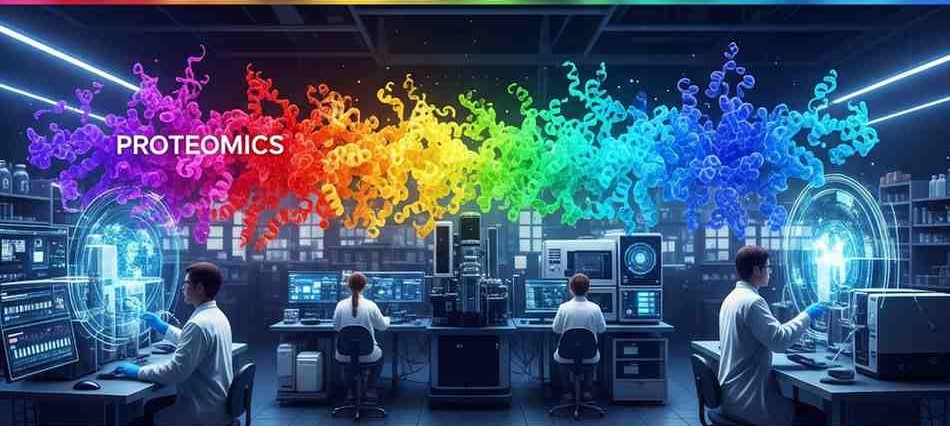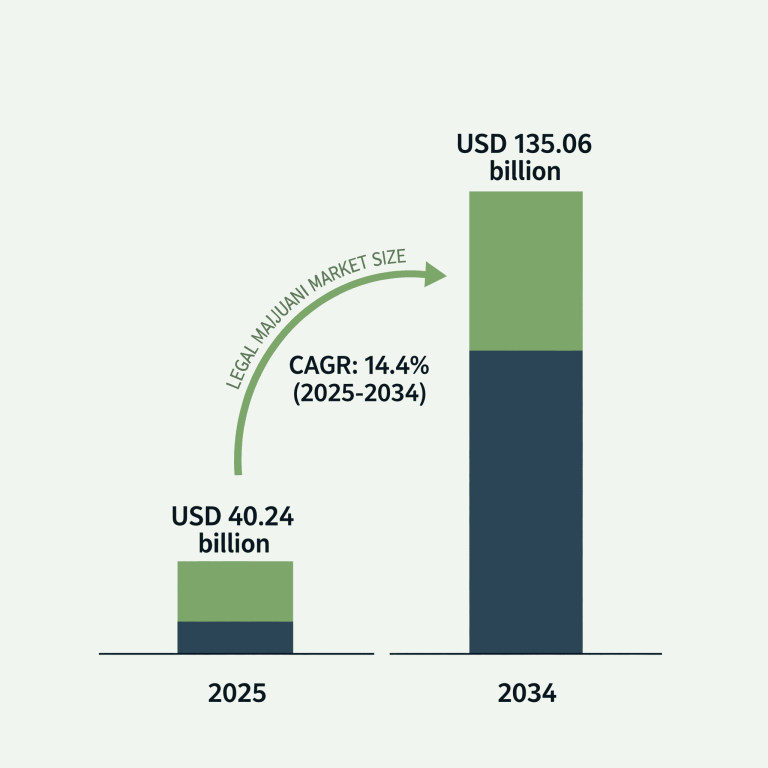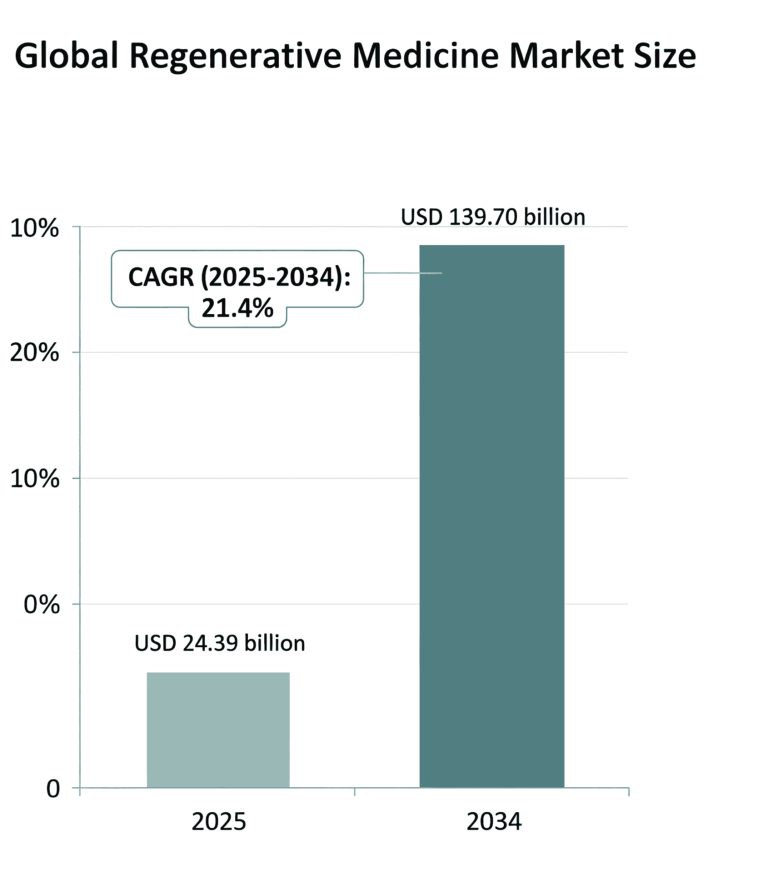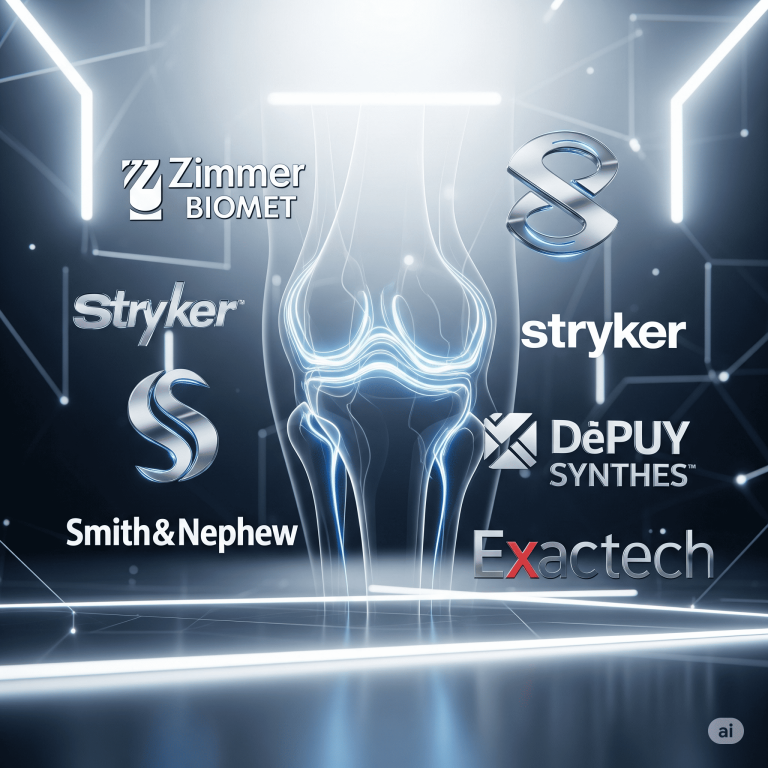
The global next-generation proteomics market is witnessing a surge in demand, powered by the increasing focus on personalized medicine, precision diagnostics, and the fast-paced drug discovery landscape. With cutting-edge technologies like mass spectrometry, protein microarrays, and AI-driven bioinformatics tools gaining momentum, the market is projected to accumulate substantial revenue between 2025 and 2034.
Invest in Our Premium Strategic Solution: https://www.towardshealthcare.com/download-databook/5761
Why the Market Is Growing Rapidly
The rise in chronic illnesses such as cardiovascular diseases, neurological disorders, and autoimmune conditions is fueling the need for personalized treatment. Proteomics—by revealing individual protein signatures—plays a central role in developing targeted therapies tailored to patients. Moreover, advances in next-generation sequencing (NGS), mass spectrometry, and bioinformatics tools have significantly improved the speed and accuracy of drug development.
Additionally, growing public and private investments in proteomics research and the evolution of high-throughput technologies are accelerating market adoption globally.
Regional Insights
North America Leads the Way
In 2024, North America dominated the next-gen proteomics market due to the region’s robust healthcare infrastructure, rising prevalence of chronic diseases, and well-established pharmaceutical and life sciences sectors.
Get All the Details in Our Solutions – Access Report Preview: https://www.towardshealthcare.com/download-sample/5761
Asia Pacific Set to Accelerate
Asia Pacific is forecasted to be the fastest-growing region, fueled by increasing research collaborations, rising healthcare awareness, and expanding biotech capabilities in countries like China, India, and South Korea.
India’s Emerging Role
India is seeing a boost in proteomics due to its growing biopharma sector, a rise in biosimilars and biologics development, and active academic-industrial partnerships. The country’s emphasis on precision diagnostics and affordable healthcare further supports market expansion.
European Advancements
Europe is experiencing steady growth, led by increasing adoption in disease-specific research such as oncology and neurology. The availability of advanced computational tools for analyzing proteomic data is enhancing research capabilities across the continent.
Key Segments Driving Market Growth
Technology Breakdown
-
Mass Spectrometry emerged as the top technology in 2024. Its dominance is attributed to its unmatched precision in protein identification, coupled with the growing interest in 4D and single-cell proteomics.
-
Protein Microarrays are expected to witness the fastest growth rate due to their rising application in biomarker discovery, disease screening, and high-throughput analysis.
Products and Services
-
Instruments held the largest market share in 2024, thanks to technological improvements and increased usage in research and clinical applications.
-
Software is projected to grow at the highest CAGR, driven by the demand for data interpretation tools that can manage complex datasets from mass spectrometry and other technologies.
If you have any questions, please feel free to contact us at sales@towardshealthcare.com
Applications
-
Drug Discovery led the market in 2024, with proteomics aiding in identifying protein targets, understanding disease mechanisms, and accelerating the development of novel drugs.
-
Personalized Medicine is projected to be the fastest-growing application as it enables therapy customization based on an individual’s proteomic profile.
End Users
-
Pharmaceutical and Biotechnology Companies dominated the market by adopting advanced proteomics for therapeutic development and personalized drug pipelines.
-
Diagnostic Laboratories are poised for rapid growth, benefiting from innovations in NGS and CRISPR technologies that support early disease detection and personalized treatment strategies.
Market Trends and Notable Developments
The market is witnessing a wave of strategic partnerships, funding rounds, and product launches that are shaping its future:
-
In April 2025, Taiwan-based Syncell partnered with Cold Spring Biotech, SCRUM, and DaonBS to expand proteomics across Asia Pacific.
-
Spear Bio raised $45 million in July 2024 to accelerate product development for disease diagnostics.
-
In June 2025, Thermo Fisher Scientific unveiled the Orbitrap Astral Zoom and Orbitrap Excedion Pro mass spectrometers, offering high-resolution tools for scientific breakthroughs.
-
SPT Labtech and Olink Holding AB introduced an automation solution for high-throughput proteomics workflows.
-
Evosep launched the Evosep Eno, a platform enhancing LC-MS-based proteomics, while Bruker Corporation revealed the timsOmni™ system for diverse research applications.
The Role of Artificial Intelligence in Proteomics
Artificial Intelligence is transforming proteomics by simplifying complex datasets and uncovering meaningful insights. AI-powered platforms can detect disease-specific biomarkers, predict drug response, and integrate multi-omics data (genomics, transcriptomics, etc.) to deliver a holistic understanding of biological systems.
For example, in April 2025, Signios Biosciences launched an AI-powered bioinformatics platform to drive precision medicine and drug discovery across multiomics datasets.
Market Outlook
The next-gen proteomics market is set for substantial growth over the coming decade, underpinned by increasing demand for customized therapies, rapid technological advancements, and a surge in research investments. With AI integration, single-cell analysis, and high-throughput capabilities becoming mainstream, the industry is poised for a transformational leap.
Source : https://www.towardshealthcare.com/insights/next-gen-proteomics-market-sizing






